California’s investor-owned utilities have not delivered the transmission buildout necessary for the state to meet its goals, nor have they fully addressed the reasons for their continued delays, said a new report by the nonprofit Union of Concerned Scientists.
Authored by energy analyst Vivian Yang, the report said transmission projects have taken an additional average of 6.1 years to complete.
The study found that 83% of the CAISO-approved projects from 2010 to 2024 were projects driven by load growth. However, during the last four years, the research found that policy-driven projects, which are projects needed to meet the state’s renewable generation requirements, have increased significantly, accounting for 39% of the total approved projects from 2010 to 2024.
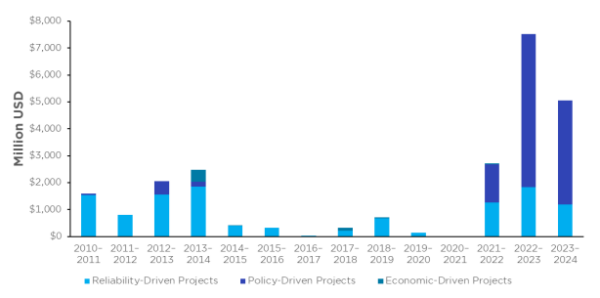
“Regional zones within California often have transmission constraints that prevent the delivery of more renewable resources, which are needed to bolster local grid reliability,” the report said. “Given the large backlog of clean energy projects in the interconnection queue, transmission projects that unlock this clean energy will be particularly important for achieving the state’s clean energy goals.”
Project delays
The study found the average completion times for major transmission projects were significantly higher than the estimated completion times, taking an average 6.1 additional years for the project to complete.
Significant delays in transmission projects ultimately translate to delayed benefits to customers, the study said. These delayed benefits include the retirement of polluting fossil fuel plants, access to lower-cost clean energy, and the improved electricity reliability from a diverse portfolio of clean energy resources and interregional coordination. The study’s analysis did not include the impact that project delays have on project costs, and, in turn, the impact to ratepayers, the report noted.
“California’s investor-owned utilities have not delivered the transmission buildout needed to meet state goals, nor have they fully addressed the reasons for these continued delays,” the report said.
Reasons for project delays
The most frequent reason PG&E gave for project delays was “prioritization” of other investments and projects. In the study’s subset analysis, half of PG&E’s projects experienced delays from prioritization, which added an average of 8.4 years to the project time, over triple the original estimated completed time.
According to PG&E, its deprioritization of a significant number of the CAISO transmission planning process is driven by two main factors: 1) The Community Wildfire Safety Program, which redirected funds to projects related to wild safety; and 2) Inflation and supply chain delays, which increase the cost and time of PG&E’s work plan.
“However, PG&E’s recent record-high profits call into question how the utility’s financial resources are being allocated,” the report said. “Transmission projects being developed by PG&E are seriously delayed, preventing ratepayers from accessing low-cost clean energy while they simultaneously bear the costs of these high shareholder profits.”
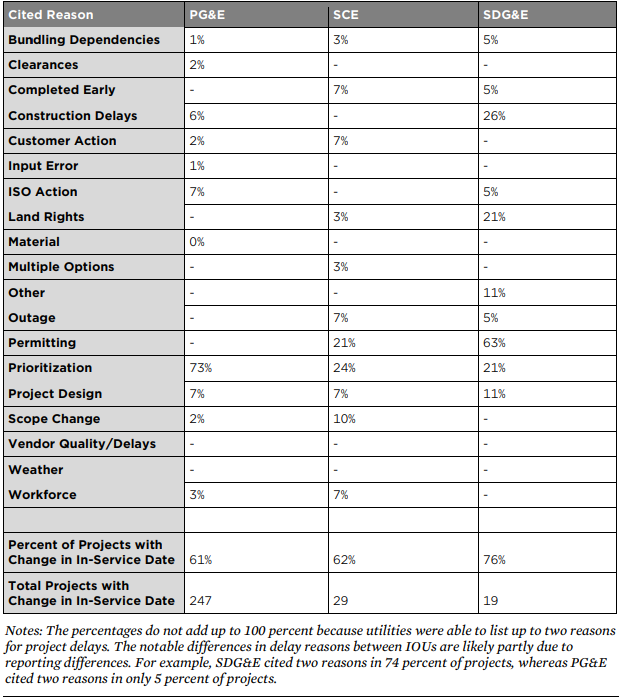
“Regardless of the reason for project reprioritization, the record shows that PG&E is failing to oversee adequately the transmission buildout needed to meet state reliability and clean energy goals,” the report added.
According to the report, 61% of PG&E’s CAISO-approved projects are experiencing delays, and PG&E cited “prioritization” for 73% of the projects that were delayed.
“Allowing PG&E to continue deprioritizing these critical infrastructure projects contributes to the cascading delays in grid modernization,” the report said. “Ultimately, ratepayers and customers will suffer from delayed access to more affordable clean energy.”
The report gave five recommendations:
- Expand projects eligible for competitive solicitation
- Increase agency resources and capacity for permitting processes
- Implement public transmission financing pathways
- Accelerate clean grid technology solutions
- Prioritize transmission infrastructure that unlocks clean energy
Also read: Solar power curtailment rises in California
This content is protected by copyright and may not be reused. If you want to cooperate with us and would like to reuse some of our content, please contact: editors@pv-magazine.com.
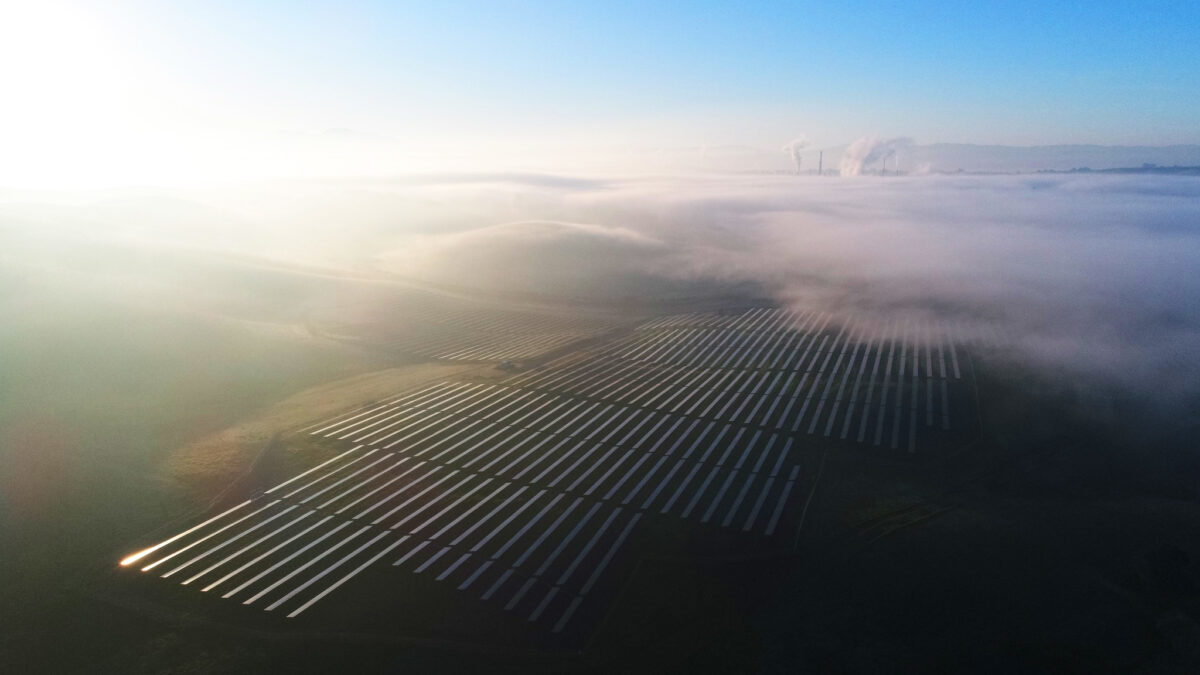
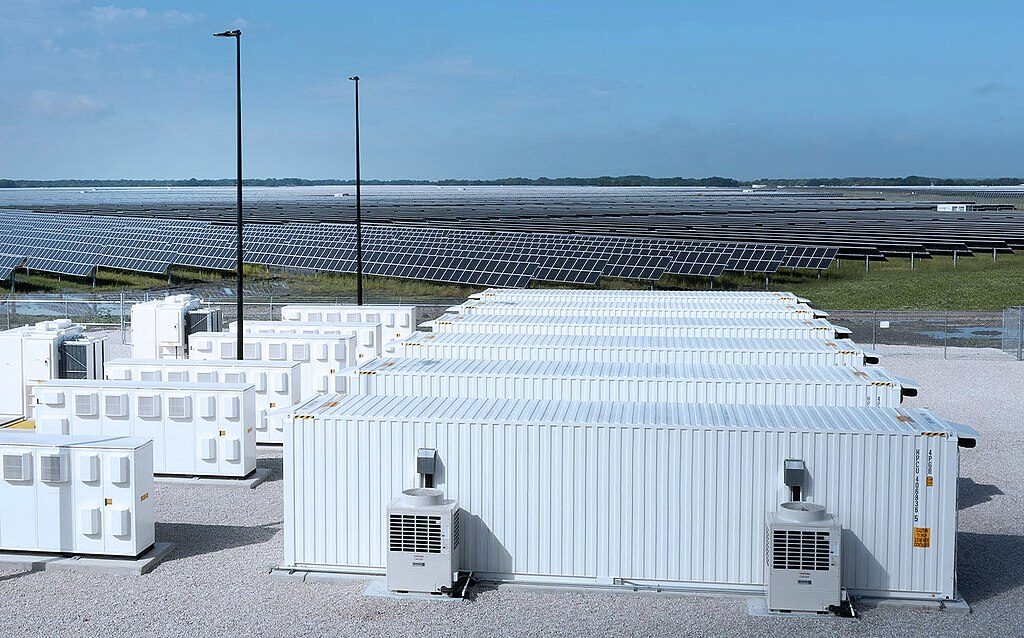


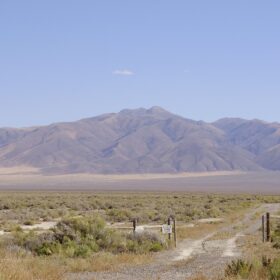

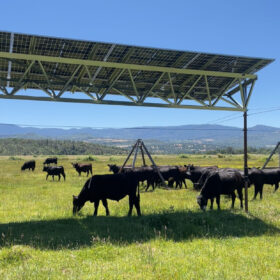

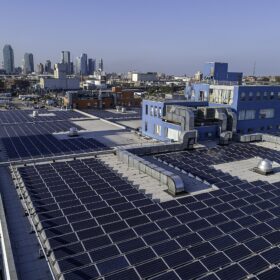
There are obviously very limited locations where available land suitable for utility scale solar +BESS is in close proximity to an existing utility transmission substation, which is essential for rapid inter-connection. And utilities, like PG&E, don’t have resources to rapidly expand transmission infrastructure to accommodate new solar farms, even if they wanted to do so. This is probably OK, because California cities can, if they like, establish their own Sustainable Energy Utilities (SEU) to augment existing utility monopoly capacity within their jurisdictions. Like,…..Create a city-wide matrix of micro grids based on solar parking lot canopies +on-site BESS + Vehicle-2-BESS chargers on every large (>100 spaces) hot asphalt parking lot in town, including all the large apartments, condos, shopping centers, business parks & municipal facilities. It’s legal.